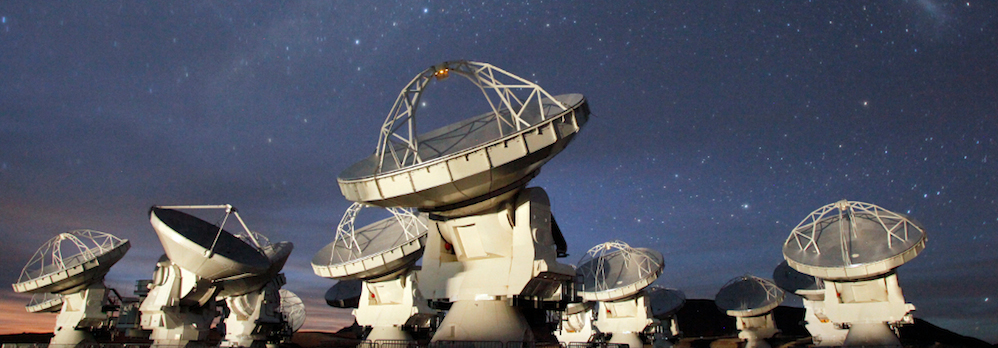
During an ESA’s XMM-Newton observation on 2018 Christmas Eve, an international team led by Giovanni Miniutti, of the Centro de Astrobiología (CAB, CSIC-INTA) in Madrid, discovered some mysterious flashes from the active black hole at the core of the galaxy GSN 069, about 250 million light years away. X-ray emission from the center of that galaxy was seen to suddenly increase its brightness by up to a factor 100, then dimmed back to its normal levels within one hour and lit up again nine hours later. Giant black holes regularly flicker like a candle but the rapid, repeating changes seen in GSN 069 had never been observed before from supermassive black hole at the core of galaxies.
Continue reading
